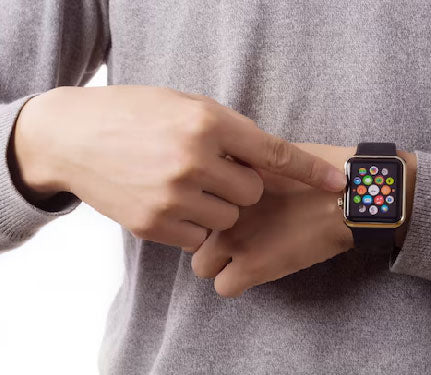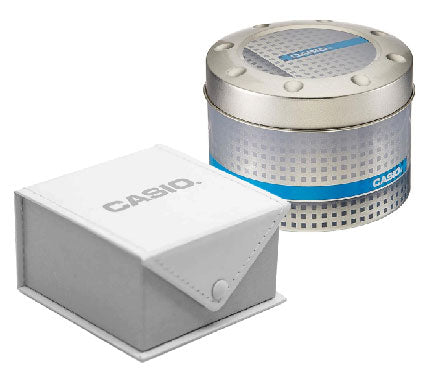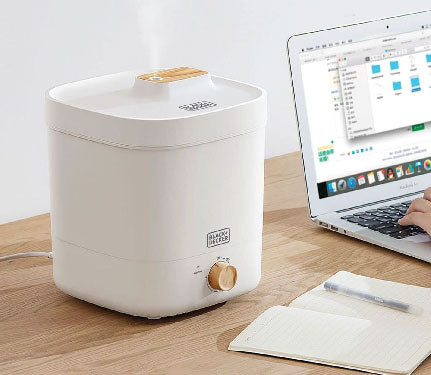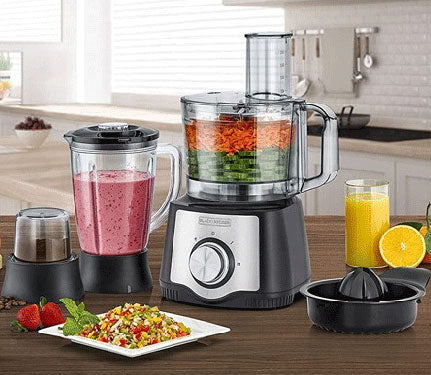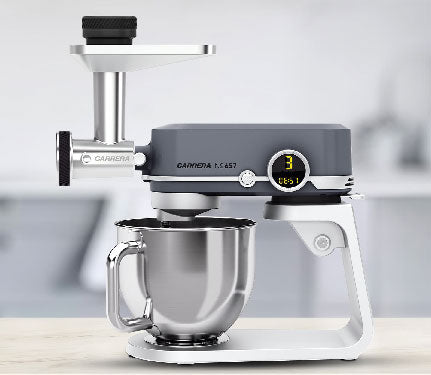Your Guide To Unlocking The Full Potential Of Your Fitness Tracker

In today’s technology-driven fitness world, many people use wearable devices to improve their health and wellness. These gadgets track steps and monitor heart rate, providing data to help us make good choices about our exercise routines and overall health. However, understanding all the information and features can take time and effort.
This blog will explain wearable fitness technology’s most important data and functions. We aim to give you practical tips to make the most of your device and reach your health and wellness goals, whether you’re a serious athlete or just starting with fitness.
Understanding the Basics:
1. Steps and Activity Tracking

Fitness trackers can count your steps and track your activity levels. Research shows that setting and tracking step goals can help improve physical activity and health. Set a daily step goal for yourself. Aim for 10,000 steps or more per day for best results. Besides step counting, fitness trackers show how long and intense your movements are. By monitoring your daily activity, you can find ways to add more movement to your day, like taking short walks or doing regular exercise.
2. Calorie Tracking

Fitness trackers estimate how many calories you burn based on age, weight, and activity intensity. While these estimates may not be accurate, they can still give you helpful insights and support your weight management goals.
Remember, tracking your calories is just one part of managing your weight. Your diet, sleep, and stress levels are essential to your energy balance. Use the calorie data from your fitness tracker as a general guide, but don’t rely on it too heavily or let it control your approach to eating and exercise.
3. Heart Rate Monitoring

Today’s fitness trackers come with heart rate sensors, which help you monitor your heart’s activity all day and during workouts. Understanding your heart rate patterns can give you essential information about your cardiovascular health, exercise intensity, and recovery status.
During exercise, try to keep your heart rate within your target heart rate zone, which is usually 50–85% of your maximum heart rate. This range can help you ensure you’re challenging your body without overdoing it. Monitoring your resting heart rate can also give you an idea of your overall cardiovascular fitness, with lower resting heart rates usually indicating a healthier heart.
4. Sleep Tracking

Good sleep is vital for your health and fitness. Fitness trackers can show you how well you sleep. They track factors like how long you sleep and the different stages of sleep.
By looking at your sleep data, you can see where you can improve. Then, you can make changes to improve your sleep, like changing your bedtime routine or improving your sleep environment.
Customizing Your Metrics and Goals
You can customize your fitness tracker to fit your needs and preferences. You can change your step goals, calorie targets, and heart rate zones to match your fitness level and goals.
Balancing Technology and Intuition
It’s crucial to find a balance between using your fitness tracker’s data and listening to your body. While your tracker’s information is helpful, it shouldn’t be the only thing you rely on. Pay attention to how your body feels, like if you’re tired or sore, to make smarter choices about your workouts. This way, you’ll know when to push yourself and when to take a break.
Embracing Rest and Recovery
It’s essential to recognize the significance of rest and recovery in your fitness journey, even though it’s tempting to always aim for higher activity levels and more impressive metrics. Neglecting your body’s need for rest or overtraining can result in injuries, burnout, and a decline in overall performance.
In today’s constantly changing world of fitness technology, wearable devices have become powerful tools for tracking, monitoring, and optimizing our health and wellness. By understanding the key metrics and features of fitness trackers and learning to use them in a balanced and intuitive manner, you can discover the full potential of these devices and transform your approach to exercise, recovery, and overall well-being.
Remember that while your fitness tracker is a valuable resource, it should not be the only factor in making fitness decisions. Embrace a holistic, mindful approach that combines the insights from your device with your body’s cues and intuitions.








